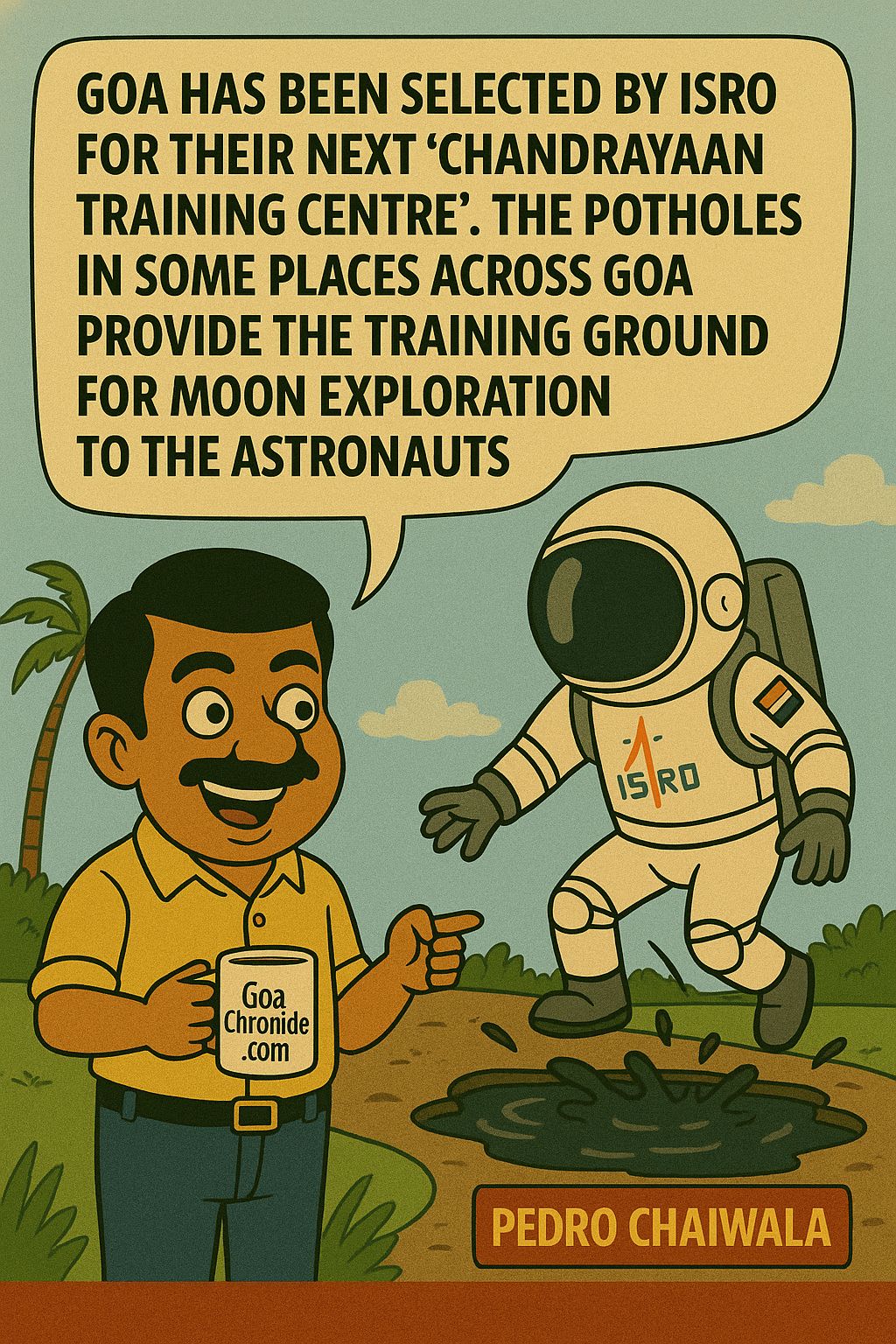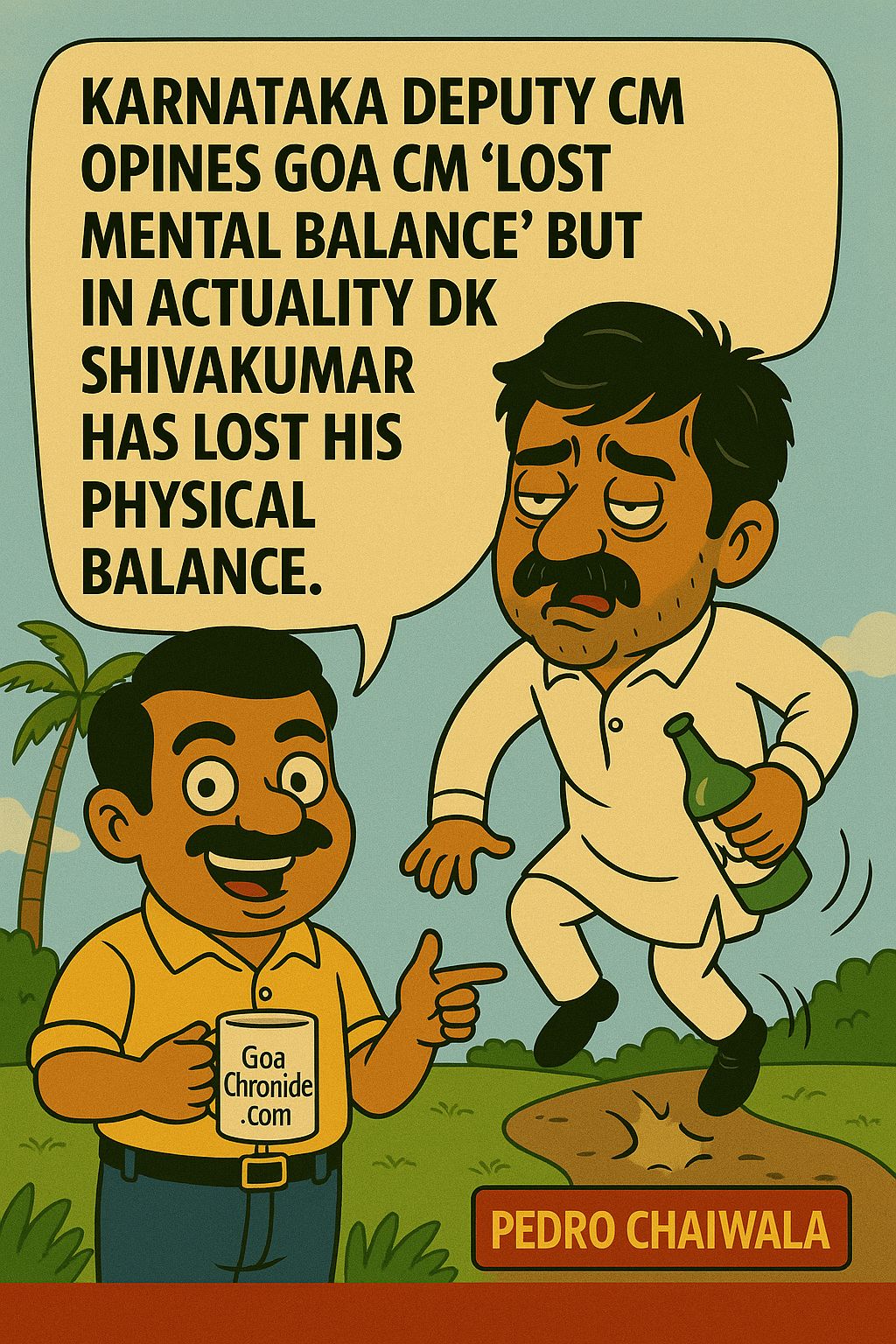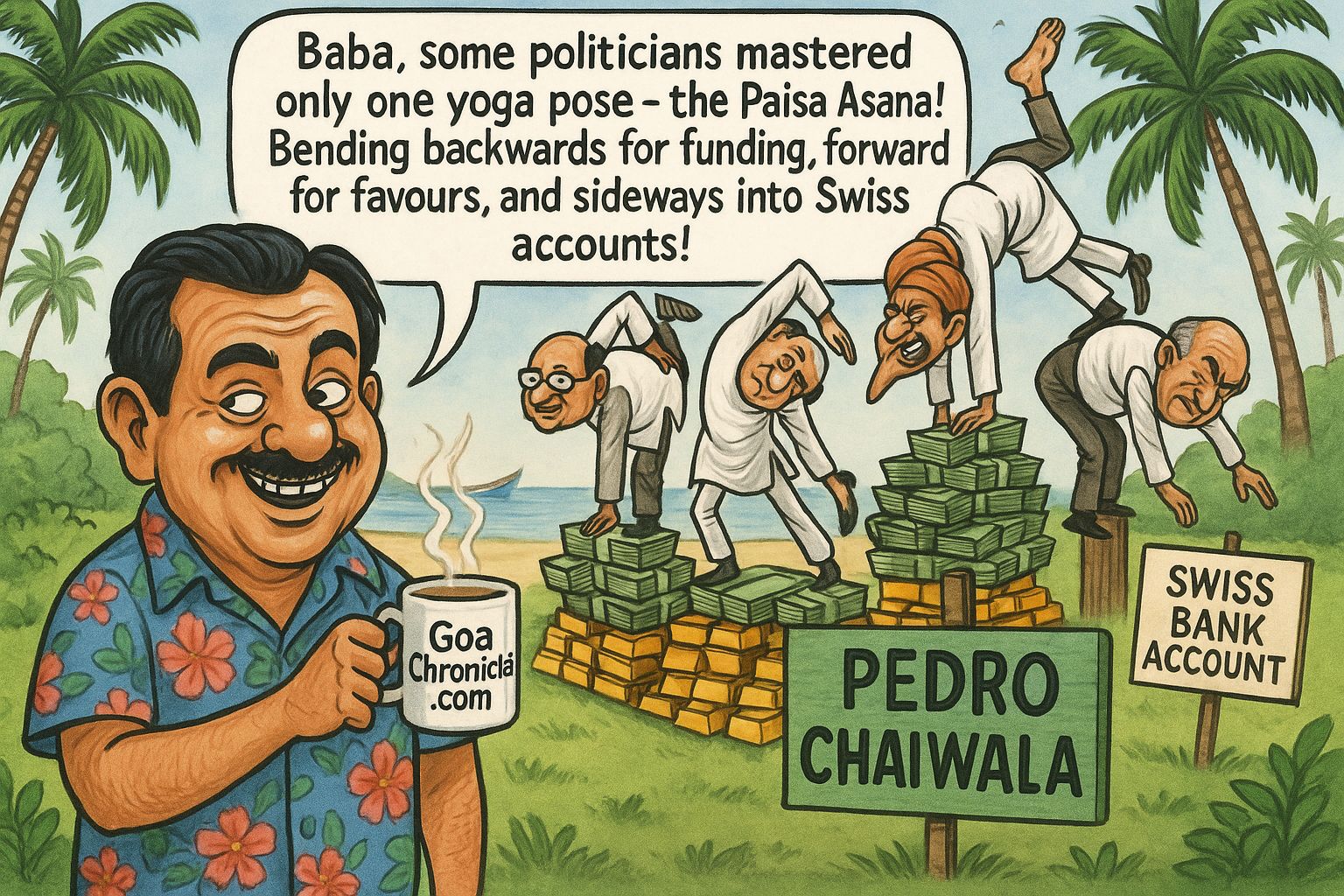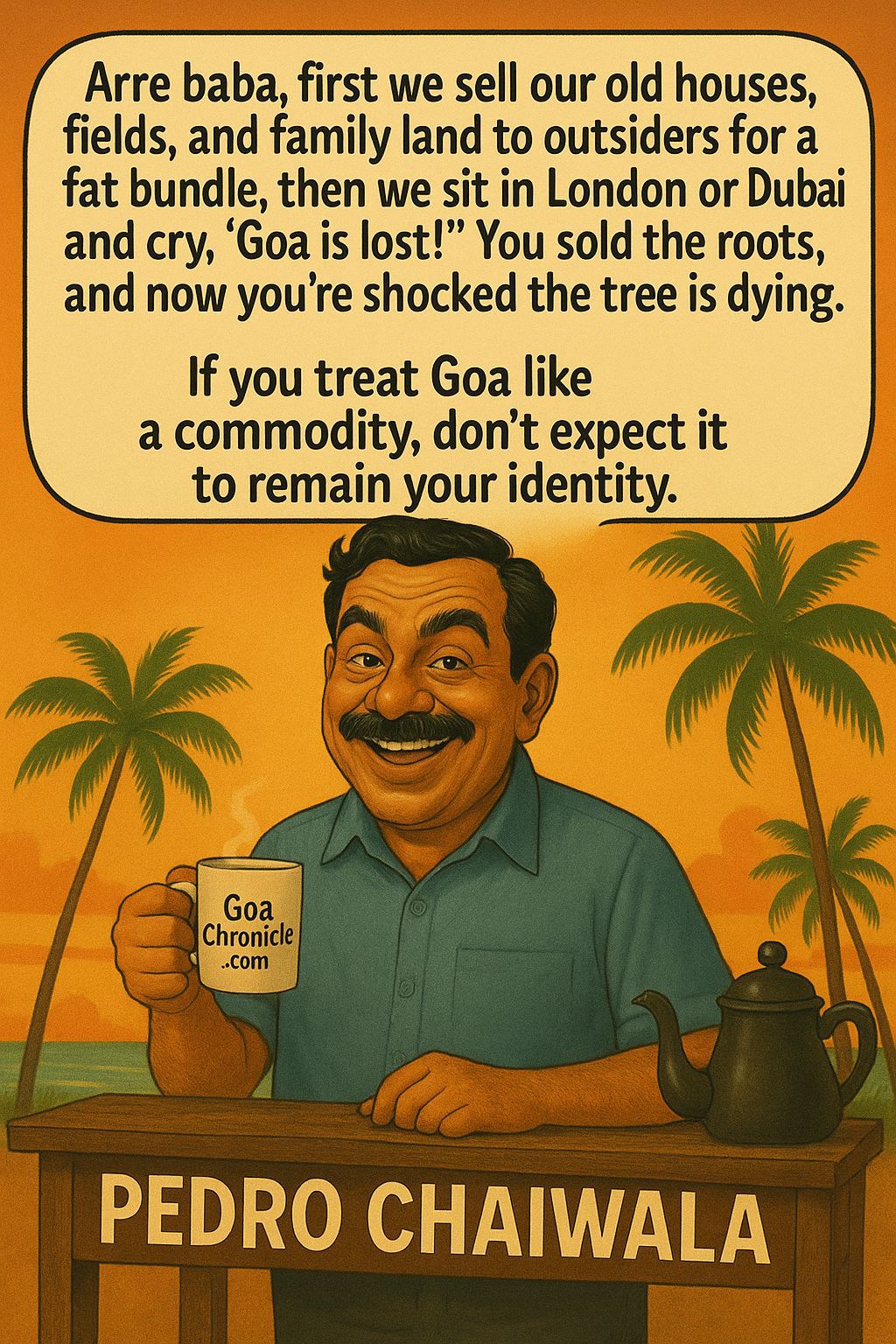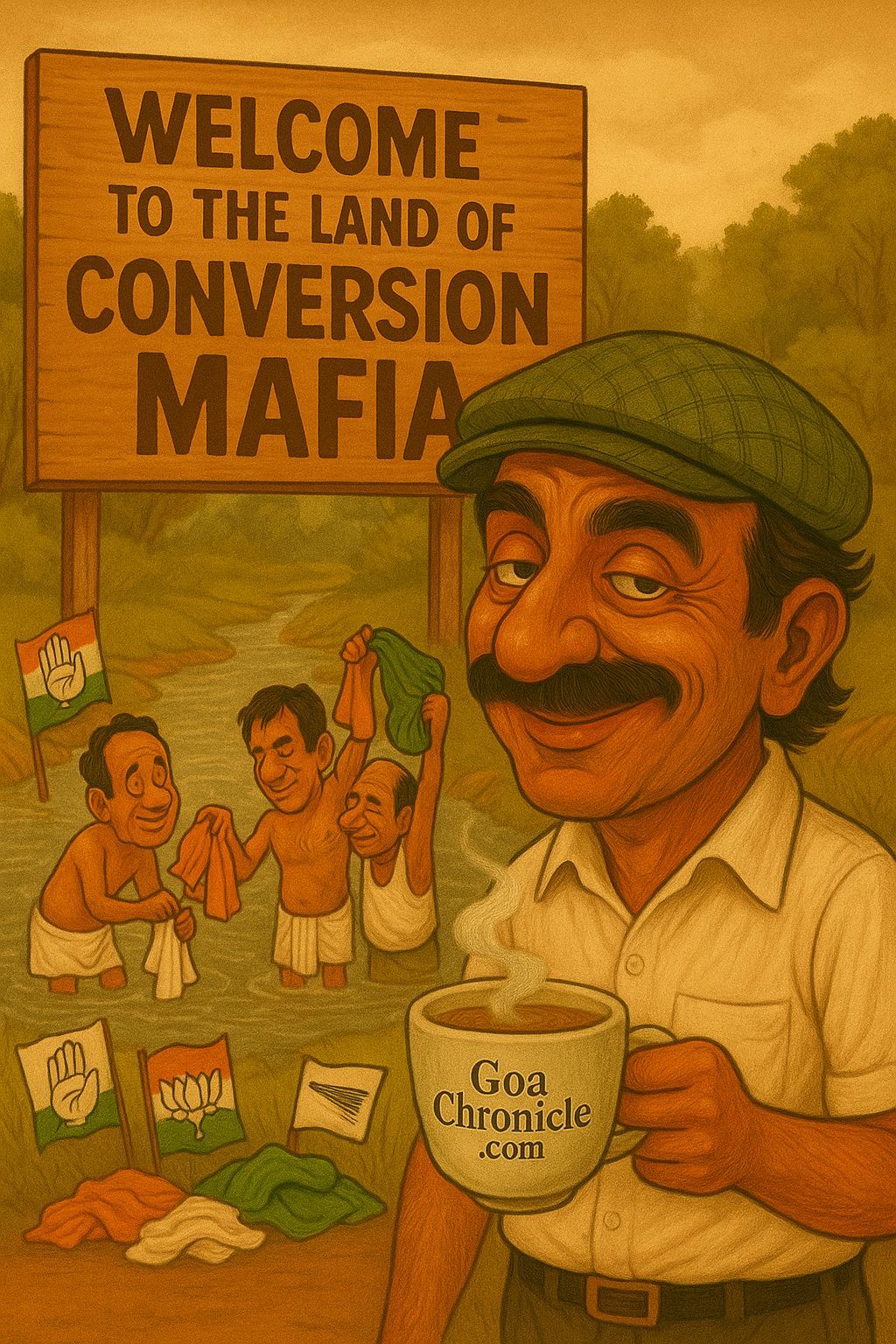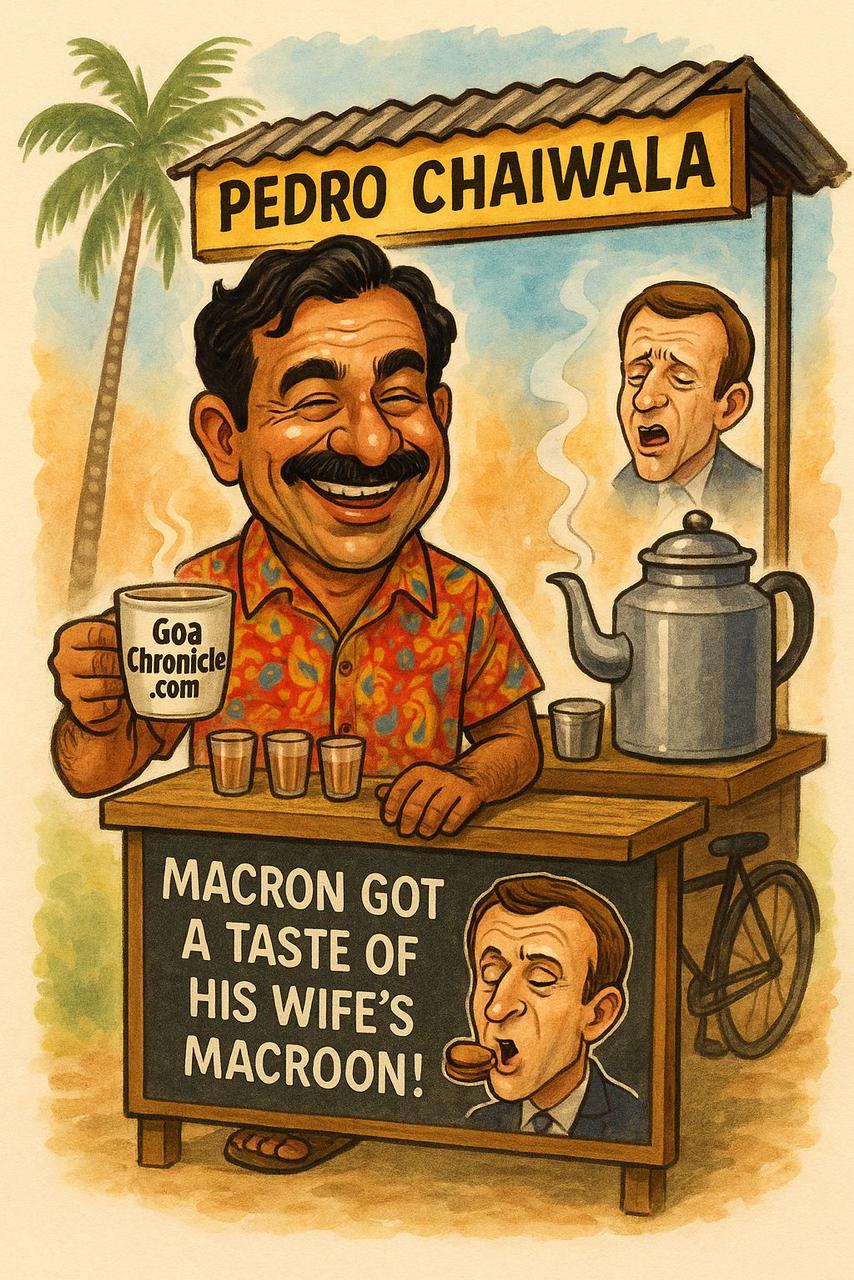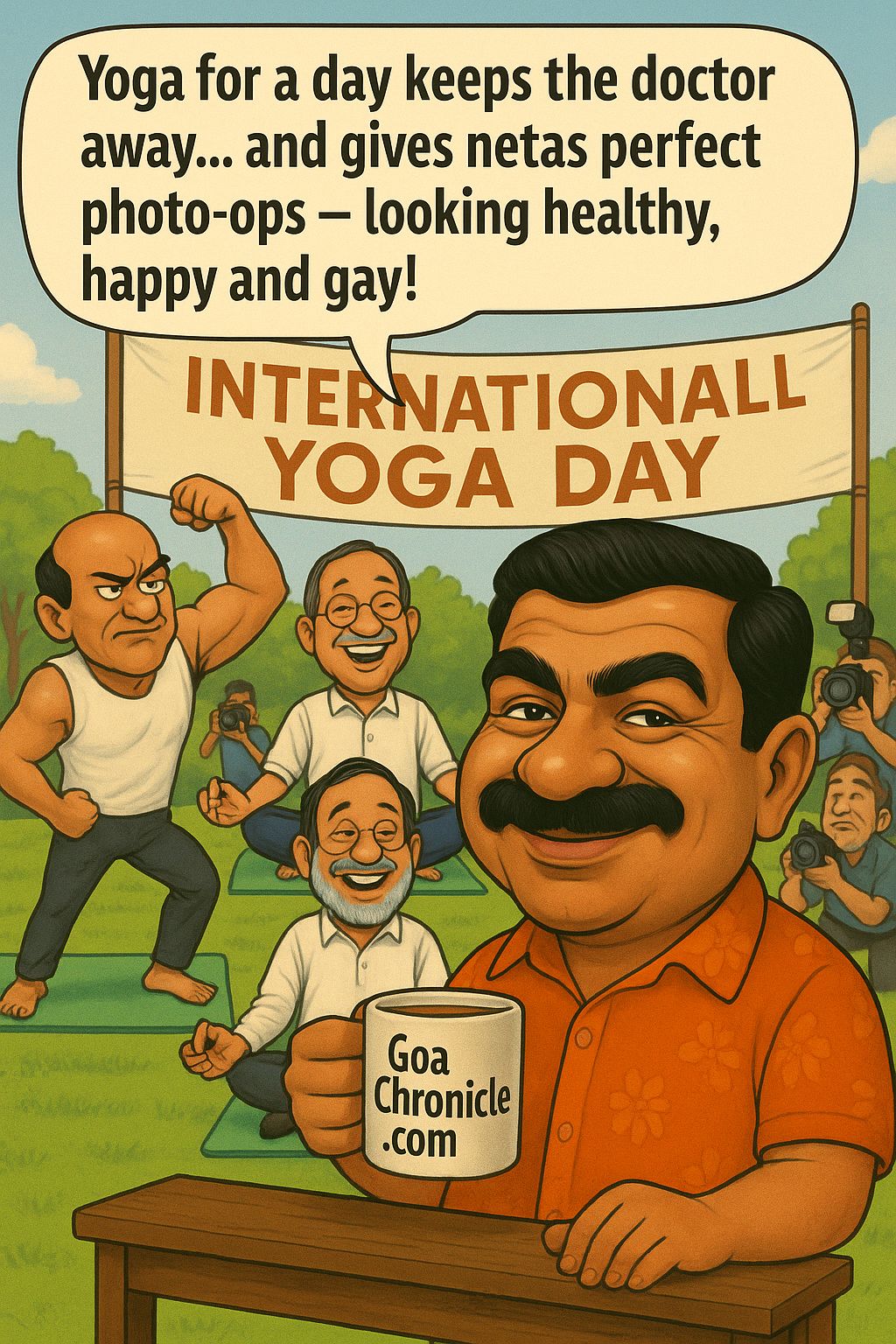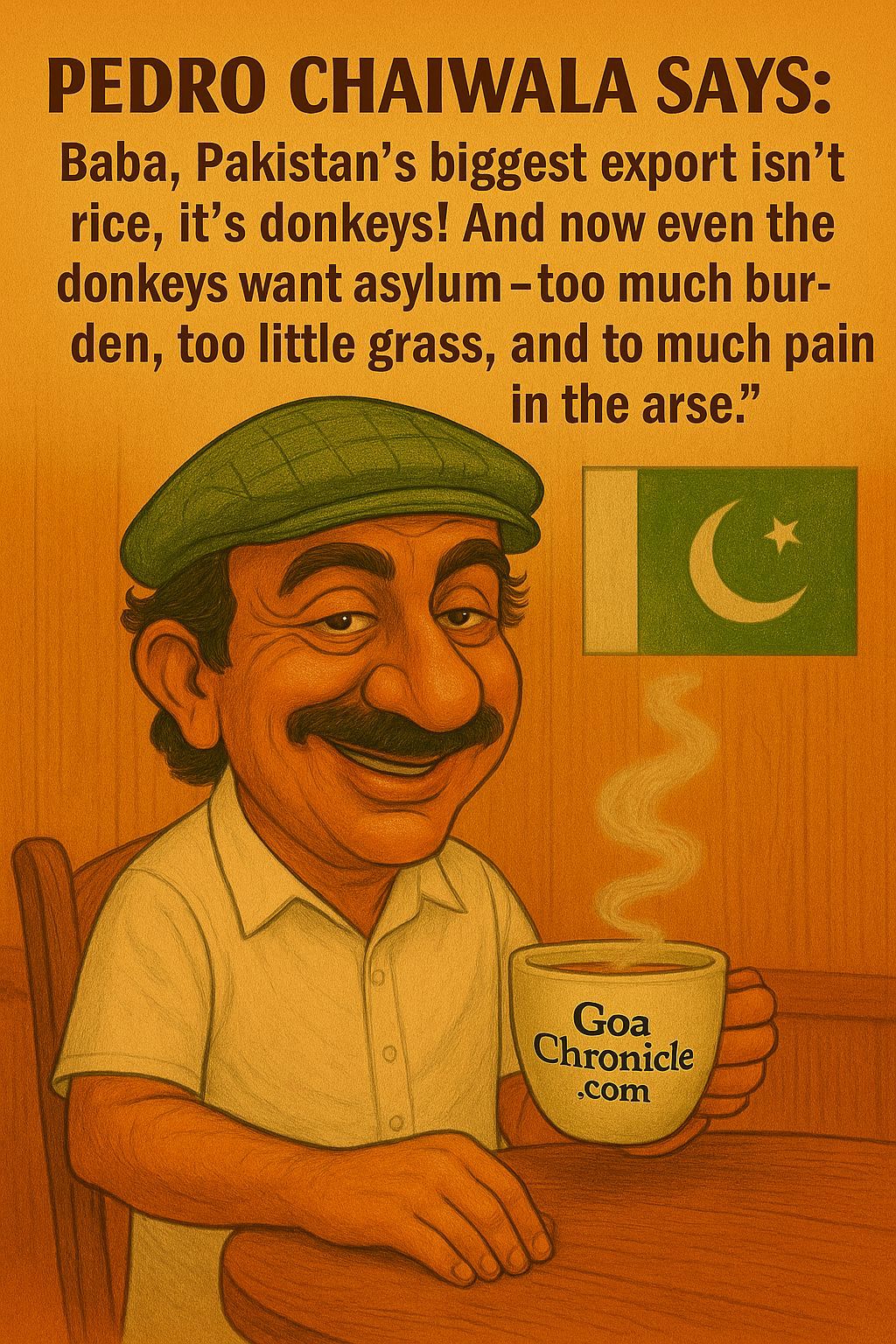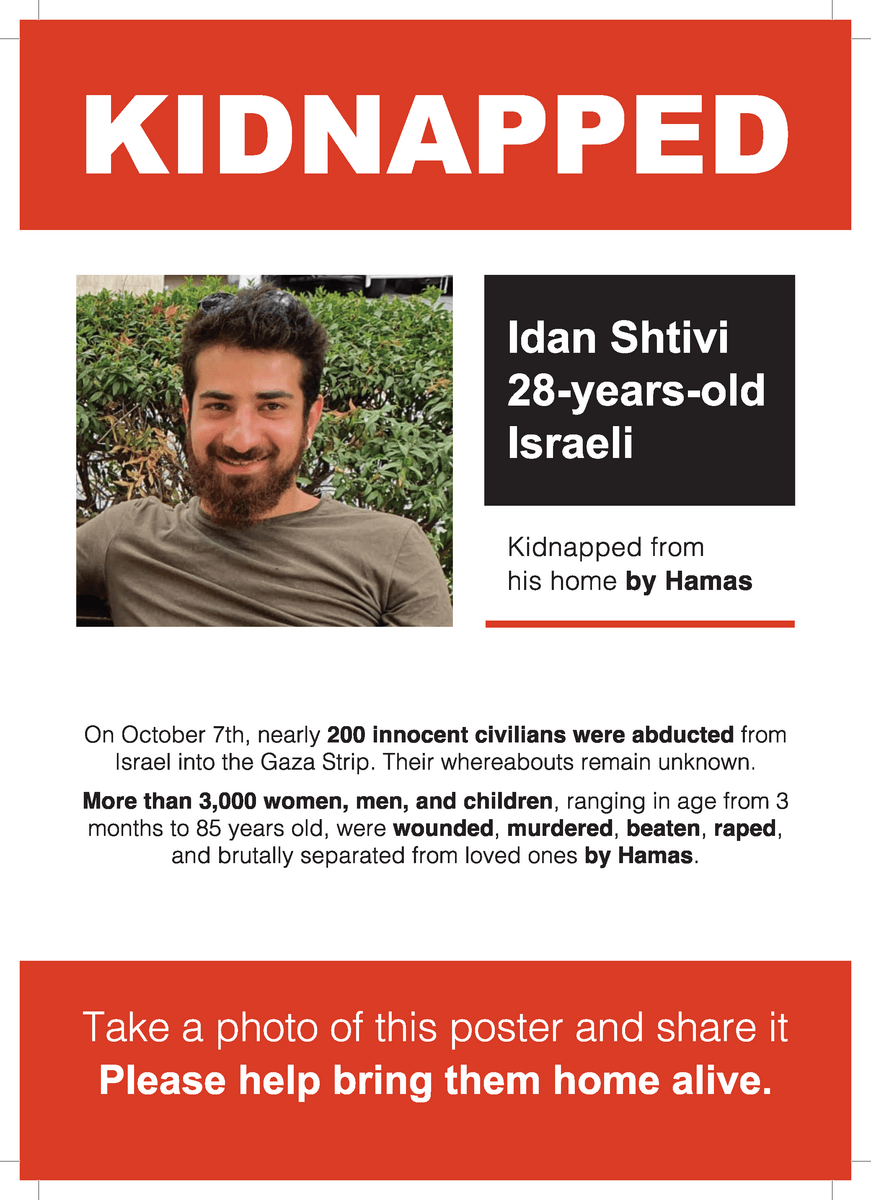A Moment on the White House Lawn
It was September 1993. The sun shone bright over Washington. Two men faced each other.
Yitzhak Rabin, soldier turned statesman, stood stiff. Yasser Arafat, the exile in a keffiyeh, leaned forward. Between them stood Bill Clinton, smiling wide. The handshake came. The crowd roared. The world believed peace had arrived. That moment was the Oslo Accord. Not just an agreement. A promise. A gamble.
The Wounds of the Past
Palestinians remember 1948 as the Nakba. Villages emptied. Families fled. Camps grew. Exile became their identity. For Israelis, history was darker still. Six million lost in the Holocaust. Survival was no longer an option – it was destiny. The state of Israel was their fortress. Wars followed—1948, 1967, 1973. Each war drew new lines. Each war deepened mistrust.
By 1987, anger boiled over. The First Intifada began. Stones against tanks. Children against soldiers. The world watched. The world wanted change.
The Secret in Oslo
Change began in silence. Far from the battlefield. In a quiet house near Oslo. Israeli academics met PLO officials. Not diplomats. Not generals. Men with words, not weapons. They argued. They laughed. They shared stories. Enemies became negotiators. Negotiators became partners. They dared to imagine peace.
Oslo I: The Breakthrough
The deal was bold. Israel recognized the PLO. The PLO recognized Israel. A Palestinian Authority would govern Gaza and West Bank towns. Israeli troops would withdraw in phases. Final talks would follow in five years. It was not the end. But it was the first real beginning.
Oslo II: Drawing Lines
In 1995, Oslo II came. The West Bank was cut into three zones.
Area A: Palestinians in charge.
Area B: Shared control.
Area C: Israel in full control.
It looked like statehood in waiting. But it also looked like division frozen in place.
Rabin’s Assassination
Hope died with Rabin. November 1995. A Tel Aviv rally. He left the stage. A Jewish extremist shot him. Rabin’s peace song lay blood-stained in his pocket. With him died Oslo’s momentum.
Collapse of Trust
In 2000, leaders met at Camp David. Barak. Arafat. Clinton. They came close. But Jerusalem broke them apart. Soon after, Ariel Sharon entered Al-Aqsa. The Second Intifada erupted. Suicide bombs. Israeli raids. The dream turned to dust.
Attempts at Peace
The world tried again.
2002: Arab Peace Initiative. All Arabs would recognize Israel. Israel had to pull back to 1967 borders.
2003: Road Map for Peace. Drafted by the U.S., UN, EU, and Russia. It failed.
2005: Gaza Disengagement. Israel left Gaza. Hamas soon took over.
2007: Annapolis Conference. Another try. Another failure.
2020: Abraham Accords. Arab states normalized ties with Israel. Palestinians felt abandoned.
Why Oslo Failed
Oslo’s heart was weak. It postponed the hardest questions: Jerusalem. Refugees. Settlements. Meanwhile, settlements grew. Checkpoints multiplied. Distrust spread. Rabin was gone. Arafat weakened. Leaders on both sides hardened.
Palestinians split – Fatah in the West Bank, Hamas in Gaza.
One people, two governments. No unity, no single voice.
The Human Story
Behind accords are ordinary lives. A Palestinian mother waiting at a checkpoint. A sick child in her arms. An Israeli father watching his daughter board a bus. He fears she may not return. Peace failed. But the longing for it never died.
The Legacy of Oslo
Oslo left behind fragments. The Palestinian Authority. The two-state idea. Mutual recognition. It also left bitterness. More settlements. More walls. More distrust.
Yet Oslo proved one thing. Enemies can sit. They can talk. They can shake hands.
Epilogue: The Unfinished Handshake
That handshake in 1993 was not closure. It was a beginning. A beginning still waiting for its ending. The people of the land – Palestinian and Israeli, carry its memory. They carry its hope. They carry its burden. Peace remains unfinished. But peace remains possible.






